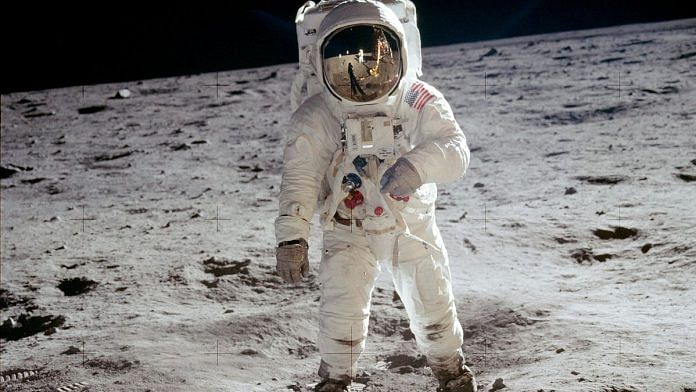Ever wished your career would really take off? Willing to go above and beyond to get things done? Ready to take a giant leap? Then this might be the news you’ve been waiting for – NASA is recruiting for astronauts.
What’s more, there are only two basic requirements for anyone wanting to fly to the moon in the 21st century: a master’s degree in a STEM subject, and US citizenship.
‘Spacecraft physical’
That’s not quite all it takes, of course. Applicants will also need at least two years of related professional experience or upwards of 1,000 hours piloting a jet aircraft.
Then there’s a two-hour online assessment and the small matter of what NASA describes as “a long-duration spacecraft physical”.
And when it comes to making it to the interview stage the numbers are a little daunting, too. In 2016, NASA’s Astronaut Selection Board received 18,300 applications, of which just 120 were invited in to talk about their application.
Just 350 people have been selected to train as NASA astronauts since the 1960s.
Also read: Scientists are hunting for diamond mines in India — with help from earthquake data
To the moon and beyond
None of this is likely to put people off applying for the only job that can genuinely be described as out of this world, though. And the rewards for those that successfully complete the training are quite something.
The new astronauts could be living 250 miles above Earth aboard the International Space Station (ISS) and working on experiments to help improve our life at home and prepare us for more distant exploration of space.
They could also be launched to the Gateway – a small lunar-orbiting spaceship being built by NASA to provide access to more of the moon’s surface than ever before – before taking a new human landing system to the moon’s surface itself.
The space agency wants to send the next man – and the first woman – to the moon by 2024 under its Artemis programme.
From there, it’s aiming to “establish sustainable lunar exploration” by 2028, where astronauts will gain experiences to prepare for an even bigger mission – sending the first humans to Mars by the mid-2030s.
Also read: NASA picks 4 finalists for next Discovery missions to Venus, volcanic Io, icy Triton
Giant leaps
The flight time to the moon is a few days, while a journey to Mars would take around nine months. The first astronauts to set foot on the Red Planet will no doubt think this is time well spent.
But what about the rest of us? NASA’s annual budget is about $22.6 billion – so what does the world get for the money?
Quite a lot, it seems. It’s estimated that for every dollar spent at NASA, about $4 is returned to the US economy. Developing technology for space exploration has led to things like faster ways to charge batteries, advanced manufacturing techniques and lighter aircraft.
And that’s not all. Technology developed to create drinkable water on the ISS has been used in communities lacking access to clean water around the world, for example. Space-station tech has also helped make medical care like ultrasounds more accessible in remote regions, and is now commonly used in laser eye surgery. And research carried out in space has led to new studies on developing improved vaccines.
Applications to become one of NASA’s next astronauts open on 2 March and close on 31 March. Good luck! – This article was first published in the World Economic Forum.
Also read: Cartosat-3 images are so clear that you can tell a truck from a car, read road markings




Go2mars with UZOORBA and become one of India’s next generation of astronauts
NASA please help me sir…….